What is the difference between white gold and yellow gold?

The modern jewelry market is very large and varied. Connoisseurs of precious stones and precious metals can easily choose whatever their heart desires. In addition, the professionalism of jewelers has now reached the highest degree of skill, which allows them to create custom-made jewelry and take into account all the preferences of their client. It all depends on the financial capabilities of the buyer and his desires.
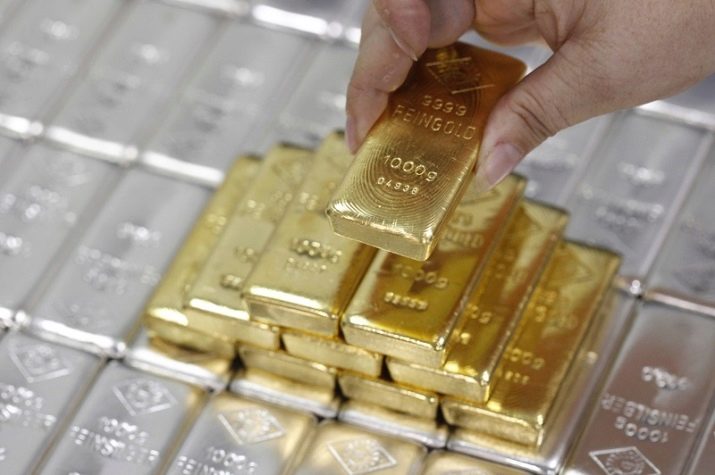
Characteristic of white gold
Plunging into the abundance of jewelry choices, the question always arises as to which precious metal to choose. To know a clear answer to this question, you need to broaden your horizons a little and form at least a general idea of the type of metal you would like to give preference to.
If the choice and possibilities indicate one of the most expensive and luxurious types of metal, then you need to keep in mind that the gold in question has several types of color: yellow, white and even red... The most common confusion is between yellow and white gold. Let's try to figure out what their differences are and which of the two options is better to choose. Let's start with the characteristics of white gold.
White gold - This is an alloy of precious metal, which is very popular nowadays. This is explained quite simply - by its external features it is very easy to confuse it with platinum, although the cost of platinum is much more expensive.
A win-win combination is the incrustation of such a noble metal of white shades with natural pearls or diamonds.
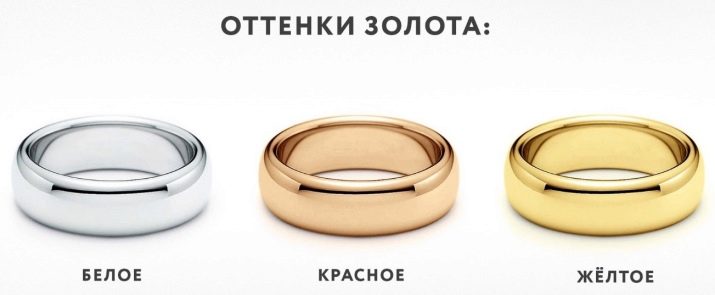
As additional elements for white gold can be used:
- platinum;
- palladium;
- silver;
- zinc;
- nickel.
Platinum - constituent component of 18-carat white gold, which does not have any remarks, because it is hypoallergenic, has increased strength and dazzling brilliance.
One significant drawback is the price, as platinum is a very expensive precious metal.
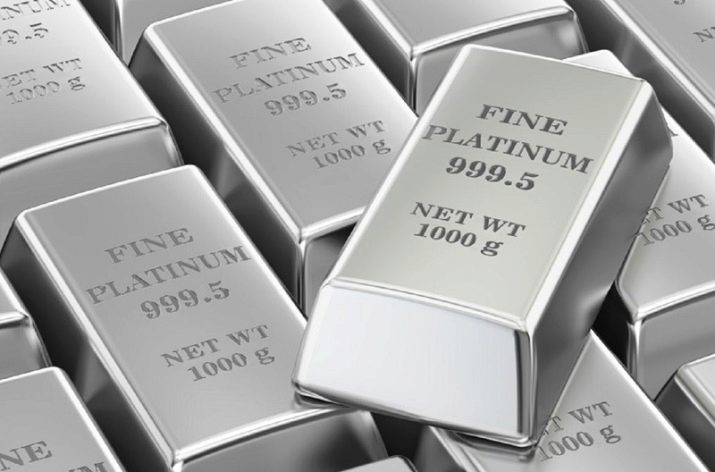
Palladium - a safe element in the composition of 585 white gold, but it has a lower level of strength and is difficult to polish.
In this case, the jewelry is coated with a layer of rhodium.
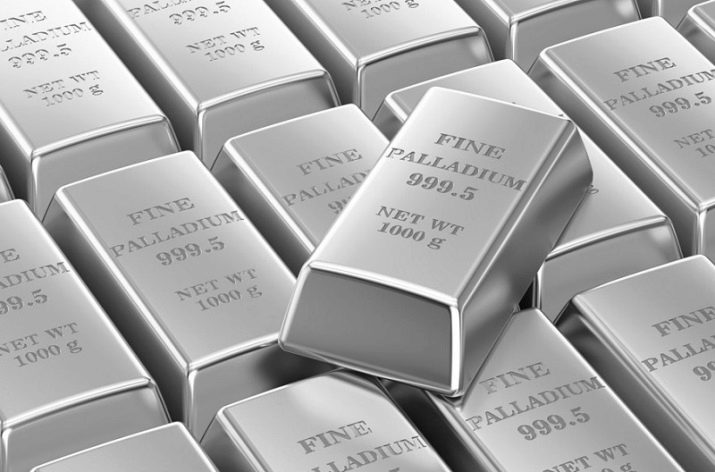
An alloy with the addition of nickel, an element that is not a precious metal, is considered cheaper and more affordable for most consumers. However, it is considered a strong allergen and is therefore banned in a number of countries. If, nevertheless, the choice falls on white gold 375, which may contain nickel, it is better to consult with the seller on this matter.
Skin contact with this metal may cause irritation or breakouts.
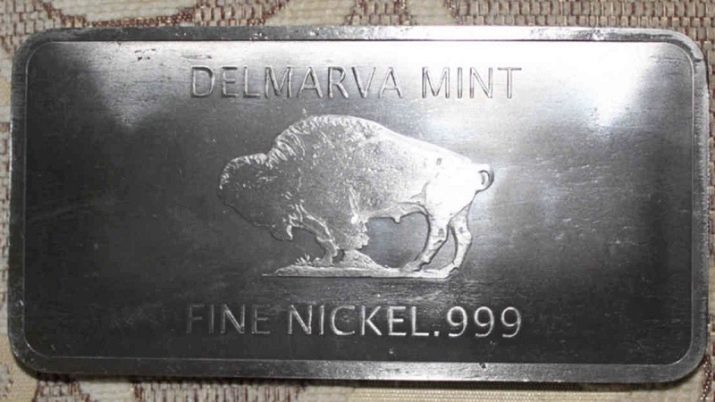
Zinc also does not apply to precious metal, and therefore products in which it is present are distinguished by a characteristic shade of gray colors and an increased tendency to rapid oxidation.
The same effect can be obtained by jewelry of 375 assay value, which contains silver.
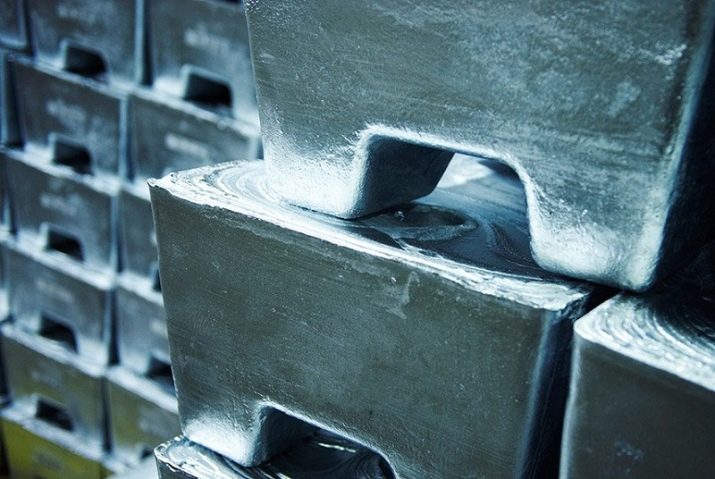
White gold rightfully belongs to a number of advantages, among which several are worth highlighting.
- Status upgrade the owner of the jewelry in the eyes of society, because many will think that it is made of real platinum.
- The uniqueness and originality of the product. With the help of this type of gold, it is possible to embody even the most intricate design ideas, and the originality of the forms will add charm and grace.
- Squeak of fashion... The fair sex, who have decided to purchase white gold, demonstrate their knowledge of fashion trends: at present, such gold is in the greatest demand, and white products are considered one of the most fashionable jewelry.
- Universal alloy color. White gold harmonizes better with all types of precious stones with which it can be inlaid, and is also ideal for any clothing.
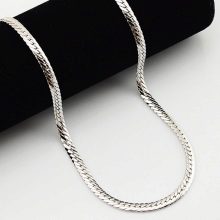
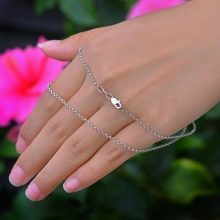
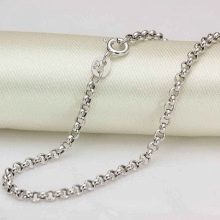
Features of yellow metal
Yellow gold Is a traditional noble metal in the understanding of most jewelry connoisseurs. It can have either a very light (closer to lemon) shade, or a more saturated yellow color.
The base of the yellow version of the precious metal is 585 or 750 gold, and the remaining parts are replenished with copper and silver.
Silver should prevail over copper in order to muffle its reddish tones.
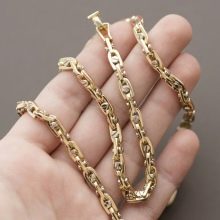
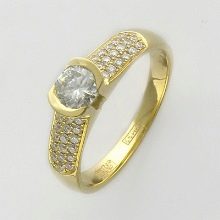
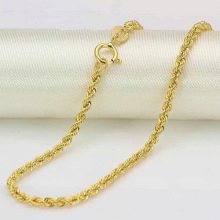
Let's list the main advantages of yellow gold.
- Color solution. The yellow tint is inherent only in real gold.
- Ideal for any skin color... This metal is in perfect harmony with any skin tone and becomes an excellent tandem with its owner.
- Variety of variations. All jewelry in yellow shades looks great. Both simple pieces, focused on minimalism, and sophisticated designer jewelry trimmed with precious and semi-precious stones look perfect.
- Availability. As part of such a decoration (without additional inclusions and additions) there are no expensive elements, and therefore any person can buy a product made of yellow gold, even without special financial capabilities.
Yellow gold, which has a light shade, has a lower percentage of gold in its composition, therefore it is considered more resistant to adverse environmental influences... Its durability also “captivates” many jewelry lovers.
However, a product from such a "useful" feature is valued much lower.
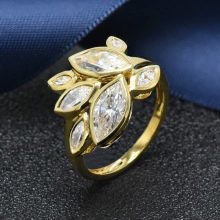
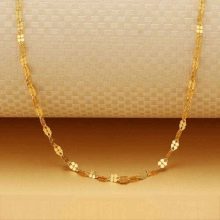
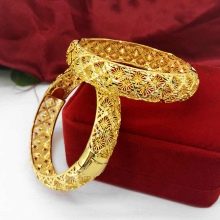
What is the difference?
White gold differs from yellow only in the composition of the alloy, which can be based on different metals. Additional elements are: palladium, zinc, manganese and others.
It is worth considering the fact that each species has its own advantages and disadvantages.
- White gold, for example, is now in vogue.... Yellow is considered a more traditional and versatile metal. You won't surprise anyone with them.
- Yellow gold is cheaper because it does not contain platinum, which is very expensive. In addition, it is softer than white, so it can deform over time. It is also easier to scratch. On the contrary, white gold is characterized by an increased level of strength (thanks to the platinum, which is included in its composition).
- Each of these precious metals is beautiful and unique in its own way. And which one is better to choose - it is up to the buyer to decide. Sometimes the choice, of course, depends not only on your own preferences, but also largely on financial capabilities.
If it is difficult to make a choice in favor of any one of the two precious metals, it makes sense to come to a compromise and find a piece of jewelry where yellow and white gold will be together.
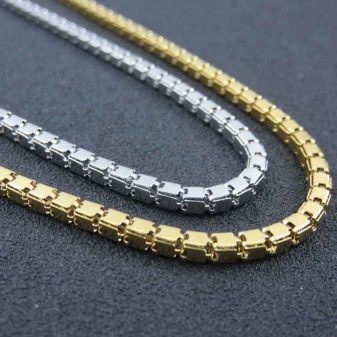
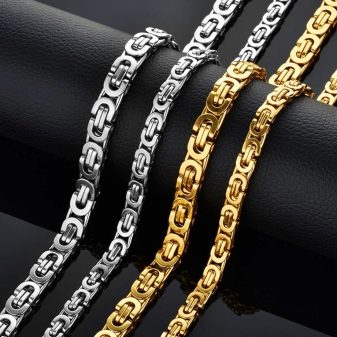
Can yellow gold be smelted into white?
White gold contains either palladium or nickel, resulting in a characteristic white hue.
It is quite possible to make white from yellow gold... For this, a very corrosion-resistant metal is used - rhodium. It covers the surface of yellow gold, which takes on a shade of white.
Only a jeweler in his workshop can carry out professional processing of yellow gold jewelry with the help of rhodium.
True, this will require additional cash costs. Unfortunately, there are no guarantees of the success of the planned transformation, since it is not known how long rhodium will remain on the surface of the product, as well as how evenly and efficiently it will cover the jewelry. To carry out this type of processing, you need to know exactly what alloy the material being converted consists of. The success of the metallization process depends on this.

You can learn how to care for gold jewelry in the next video.








